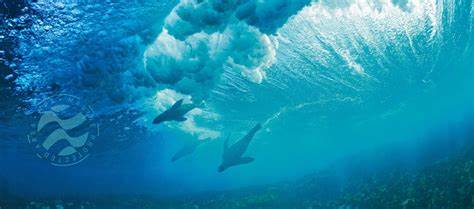Introduction
The People’s Republic of China is the largest producer and consumer of life in the ocean, both farmed and wild-caught. Its fleets haul from domestic seas, foreign territories, and waters beyond any national jurisdiction, with 39% of the country’s wild-caught fisheries estimated to come from abroad.
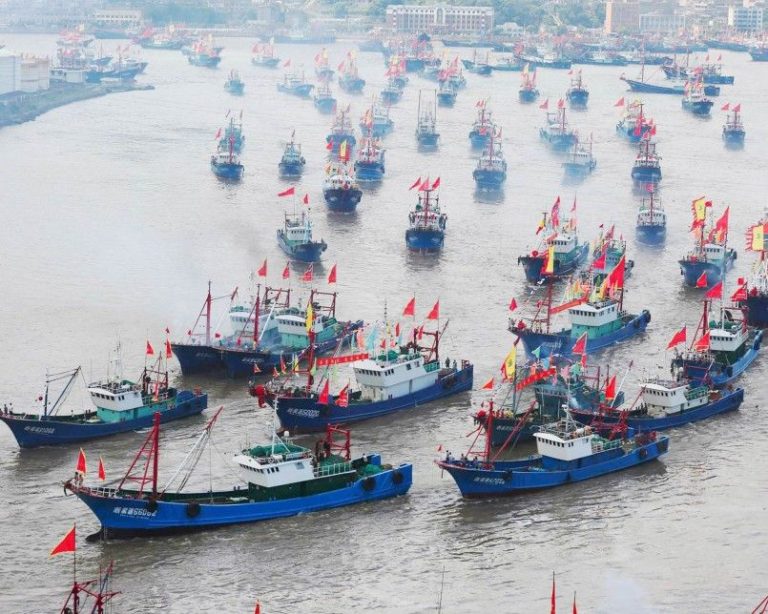
Recent international news headlines have highlighted China’s large-scale—and sometimes illegal—fishing in or near other countries, with examples in South America, North Korea, and West Africa in 2020 and 2021. It may therefore come as a surprise to experts and nonexperts alike that China has a long-standing tradition of strong marine conservation within its own seas and coastal habitats.
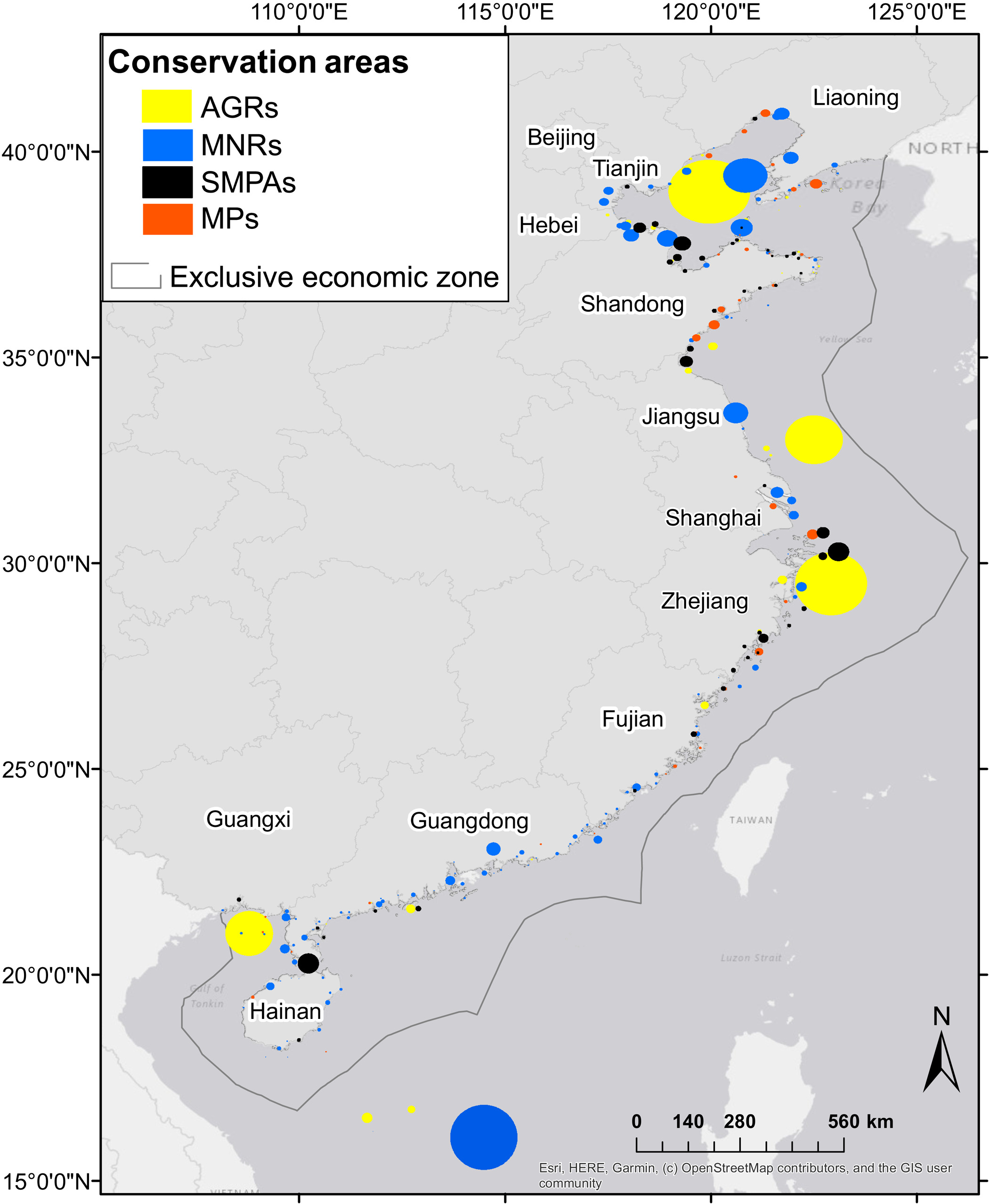
Marine protected areas (MPAs) have been in place in China for nearly six decades.
From national parks to fishery reserves, MPAs include a wide variety of measures that are expressly intended to conserve biodiversity and provide comprehensive protection for all life within their borders. MPAs are rising in popularity around the world because of their potential to preserve and restore marine ecosystems, enhance their resilience to climate change impacts, and for the socioeconomic benefits that can result from healthy marine environments. Global policies for marine conservation have also recently recognized other effective area-based conservation measures (OECMs) as spatial zones that may not meet all the criteria for MPAs but still achieve comparative protection for biodiversity and can count toward goals for protected areas. While the global community has yet to agree upon a strict definition for OECMs, fishery management zones have particularly been referenced as potential candidates, some of which are also long-standing traditions in China.
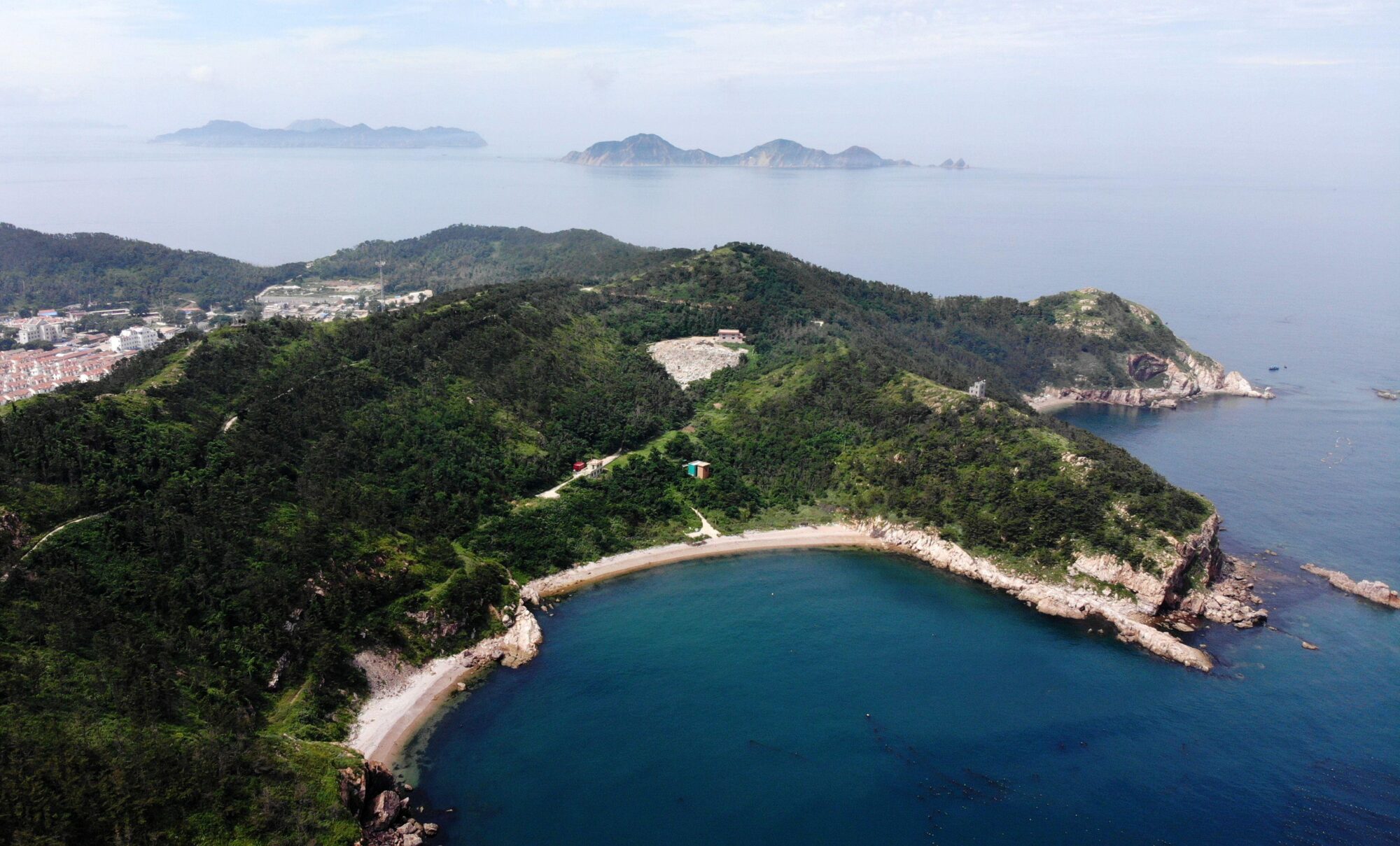
China is setting up its first marine national parks
Mainland China has an extensive network of MPAs, with several established in every coastal province. They address a wide range of conservation objectives, providing protection for species and ecosystems of high ecological, cultural, and economic value. MPAs and other area-based conservation measures in China include:
Marine nature reserves
These MPAs protect rare or endangered species and ecosystems. They are no-take, meaning any extraction of fish or other living resources is illegal. Ecotourism and scientific research are allowed in “buffer zones” that surround the “core zone” where only staff are permitted.
Special marine protected areas
Special MPAs focus on sustainable use of sensitive or rare natural resources, including biodiversity and nonliving geological features. Special MPAs allow for research, aquaculture (farming), ecotourism, and some sustainable fishing. While not fully no-take, special MPAs can have no-take core zones. Marine parks are a subcategory of special MPAs that have a particular focus on ecotourism. Special MPAs are sometimes known as marine special protected areas.
Aquatic germplasm reserves
Aquatic germplasm reserves (AGRs), also known as Fishery Conservation Zones, are conservation areas that protect commercially important, rare, or endangered fish species. They frequently target important reproductive areas including breeding and nursery grounds, as well as known migration routes. Unlike MPAs, the primary objective of AGRs is not biodiversity conservation, as required of MPAs by the International Union for the Conservation of Nature. However, prior research indicates that AGRs may qualify as OECMs because comprehensive biodiversity conservation may be an outcome of AGRs and thus may align with MPA goals.

Ecological red line areas along China’s coastline are also important tools for marine spatial planning in China but with a focus on restricting development and improving water quality rather than fishing and other related activities for biodiversity conservation and protection. As a result, MPAs and AGRs are often coordinated with and overlap red line areas, but red-line areas would not qualify as MPAs or OECMs and would lead to double counting area protected. Therefore, red line areas were not directly incorporated into this analysis, although many of the MPAs and AGRs in this research are part of red line systems.
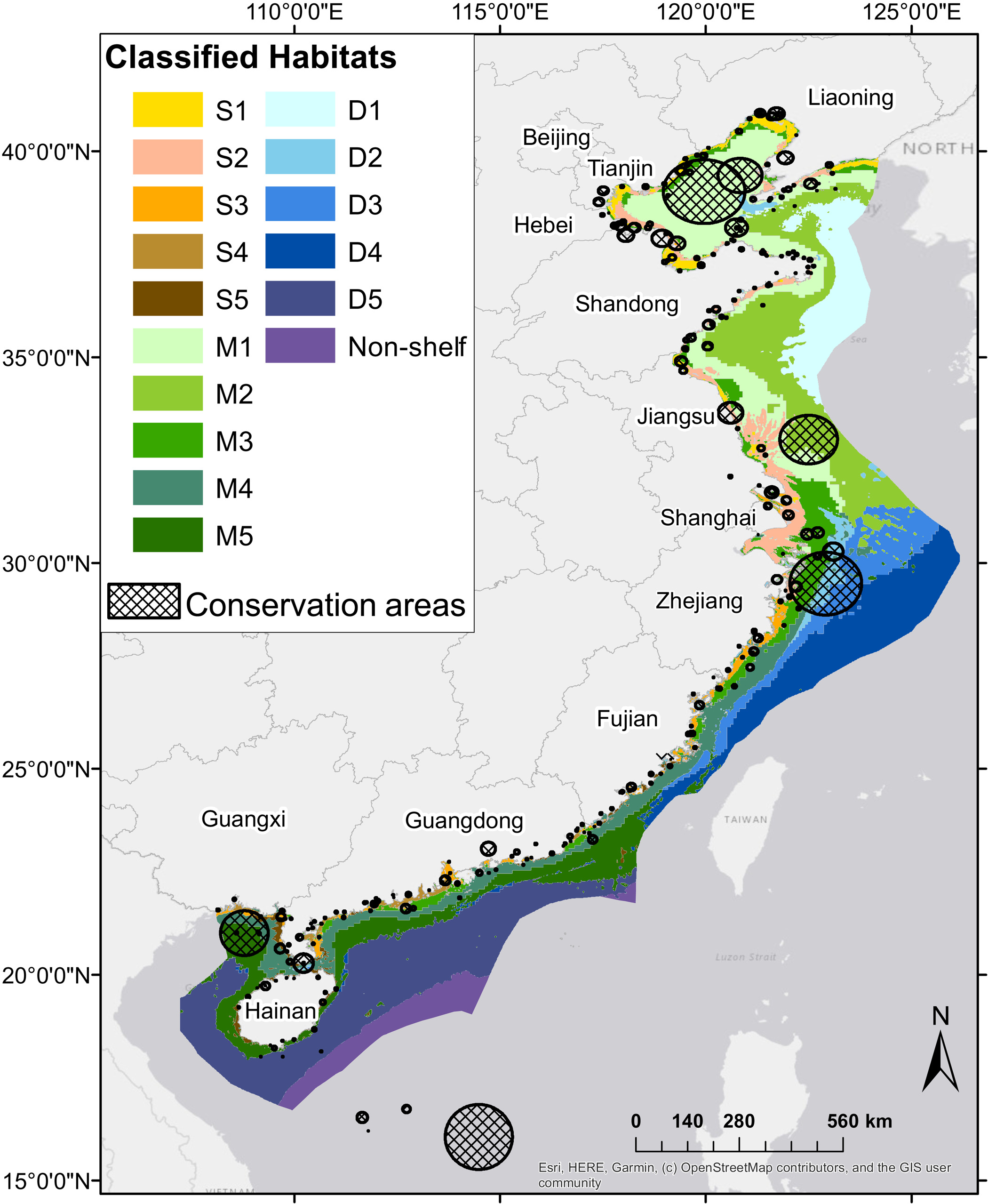
three key objectives
the following three key objectives aim to advance knowledge of area-based marine conservation in China:
1) Develop the first comprehensive, publicly available database [see auxiliary database (see “Data and materials availability”)] of China’s area-based conservation measures.
2) Assess the distribution of China’s protected areas across different habitats as a measure of ecological representativeness.
3) Analyze China’s progress toward meeting internationally agreed conservation targets and pathways for improvement based on our study results.
